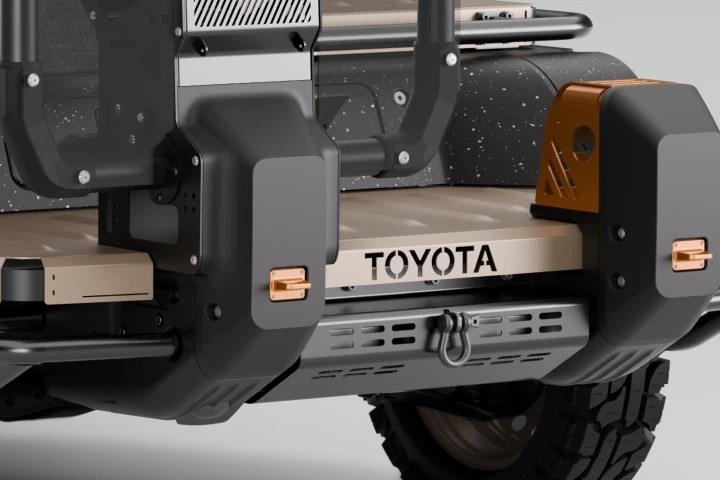Car manufacturers are delving deep into their boxes of tricks to make internal combustion engines more efficient. Infiniti unveiled a variable compression ratio engine last year, and hybrid technology is getting smarter, but Mazda has a different solution. In 2019 it will release the first commercial compression-ignition gasoline engine, dubbed SkyActiv-X.
At the core of Mazda's upcoming range of engines is technology called Spark Controlled Compression Ignition. Currently, gasoline engines ignite their air-fuel mixture with a spark from (aptly-named) spark plugs. The new SkyActiv-X line of engines will break with that process, instead delivering spark-free ignition of the air and fuel mix through compression.
If this sounds familiar, it's because diesel engines do the same thing. The process allows the engine to operate at lower temperatures, which reduces a lot of the heat energy normally lost in gasoline engines. This, in turn, allows Mazda to run with a much leaner air-fuel mix for better fuel consumption and lower emissions. According to the company, the technology is an evolution of the ultra-high compression ratio being used in its current range of engines.
Mazda says the new (proprietary) process combines the benefits of both diesel and gasoline engines, for significant improvements in fuel efficiency. Some other manufacturers have tried to nail the process in concepts, but the narrow temperature range at which compression ignition engines do their best work has caused problems. SkyActiv-X will avoid the issue by operating as a conventional, spark plug-ignited engine when conditions demand it.
Compared to the current lineup of SkyActiv-G engines, the SkyActiv-X line should use between 20 and 30 percent less fuel. Coupled with a supercharger, the tech should also yield between 10 and 30 percent more torque than the current (naturally aspirated) SkyActiv range.
The new engine technology was announced as part of Mazda's Sustainable Zoom-Zoom 2030 plan, which, among other things, outlines the company's plans for electrification and emissions minimization. Expect to see electric cars and "other electric drive technologies" in Mazdas in some markets by 2019. Don't expect the company to turn its back on gasoline and diesel, though – the plan says Mazda will "continue efforts to perfect the internal combustion engine."
Source: Mazda




